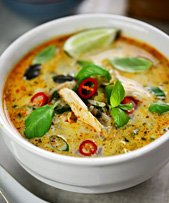30+ tasty ways to enjoy beans and lentils

Beans, and their close cousins, lentils, are widely used in traditional Mediterranean and Asian cooking. They also happen to be highly nutritious. They’re a valuable source of protein, complex carbohydrates, and a wide range of vitamins and minerals including folate, iron, magnesium, and potassium. They’re also a rich source of soluble fiber, which helps balance blood sugars and lowers blood cholesterol levels.
People from Mediterranean and Asian cultures typically cook beans and lentils with onions, garlic and other simple ingredients, and flavor them with herbs, spices and seasonings to create tasty, filling and wholesome fare such as soups, stews, curries, pasta dishes, salads, dips and spreads.
If you’re new to experimenting with beans and lentils, dried lentils are a great place to start. They don’t need to be pre-soaked before cooking — just rinse under cold water. Red lentils cook the quickest and break down to a creamy consistency, so they’re best suited for soups and curries such as Turkish carrot, tomato and lentil soup, Provençal lentil, cabbage and bacon soup, and Lentil, pea and potato curry.

You can also make mouthwatering meatless Red lentil kofta by soaking red lentils in water for a couple of hours, then blending with onion, garlic and herbs, shaping into small patties, and pan-frying until crisp on the outside.

Unlike red lentils, brown lentils and French puy lentils hold their shape during cooking, making them ideal for dishes like our Greek lentil salad, French herbed lentil salad and Greek-style lentil and eggplant bake.

We use dried chickpeas to make our own Falafel (Middle Eastern chickpea fritters) which we serve as an appetizer with tahini sauce or wrapped in flat bread with salad and sauces. We also shape the falafel mixture into larger patties to create healthy Falafel burgers with yogurt-tahini sauce.
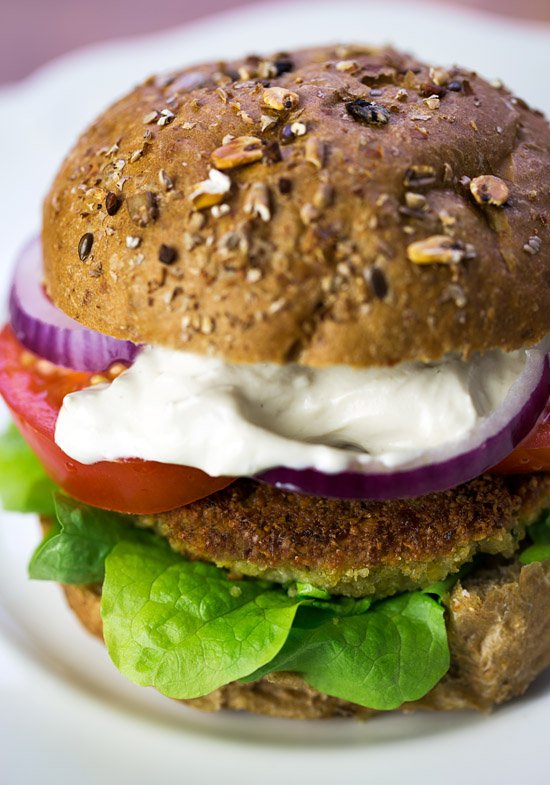
If you’re a bit daunted by the idea of cooking beans and lentils from dried, then you may find it easier and more convenient to use the canned versions. They don’t require soaking or cooking, simply rinse under cold water to remove the canning liquid before using. Here are a few tasty ideas.
Blend a can of chickpeas with tahini, lemon juice and garlic to make Hummus and serve as a dip or spread in Falafel and hummus wraps.
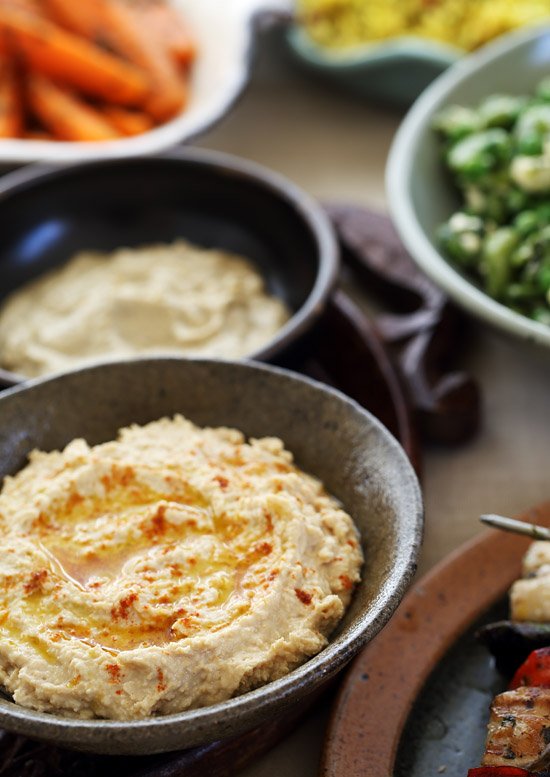
Add whole canned chickpeas to Indian curries like Fragrant shrimp and chickpea curry, or Mediterranean stews and braises such as Spanish braised chickpeas with tuna and olives, grain dishes like Turkish bulgur pilaf with chickpeas and tomatoes, and salads including Tuna and chickpea salad and Moroccan chickpea and couscous salad.
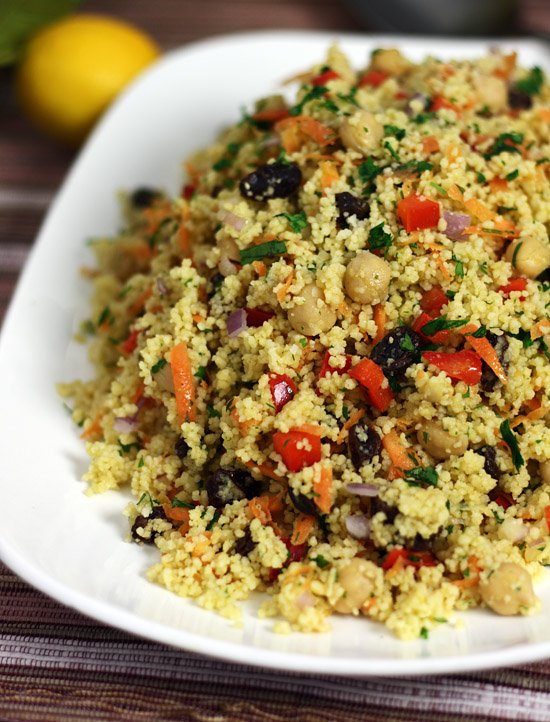
You can also use canned brown lentils to make soups like Lebanese lentil and spinach soup.

Scatter a can of white beans into a Mediterranean bean salad dressed with olive oil, vinegar, garlic and herbs, add them to pasta dishes such as White bean, sausage and mushroom pasta with tomato-ricotta sauce, risottos like Risotto with pumpkin, spinach, cannelini beans and walnuts, or use them as a topping for Pesto bruschetta with tuna, white bean, cherry tomato and artichoke salad. You can also use pureed canned white beans to add a creaminess to soups like Tuscan tomato and white bean soup.

Tofu is another nutritious food made from soybeans which is a great source of protein and is easy to cook. Because tofu comes in different textures— including firm and silken—you need to treat it in different ways. Firm tofu has a sponge-like consistency which makes it perfect for absorbing marinades. Its firm texture means it can be sliced or cut into cubes and stir-fried without breaking apart. Firm tofu is ideal in stir-fries and noodle dishes like Tofu and cashew chow mein, and Crispy-fried tofu with stir-fried vegetables and soy-sesame sauce. Silken tofu has a much softer, creamier consistency which is more suited to dishes like Scrambled tofu with zucchini, tomato and basil. It’s also yummy in Agedashi tofu, a Japanese dish where silken tofu is cubed, dredged in cornstarch, and deep-fried. The tofu is transformed and becomes golden and crispy on the outside while staying soft inside.
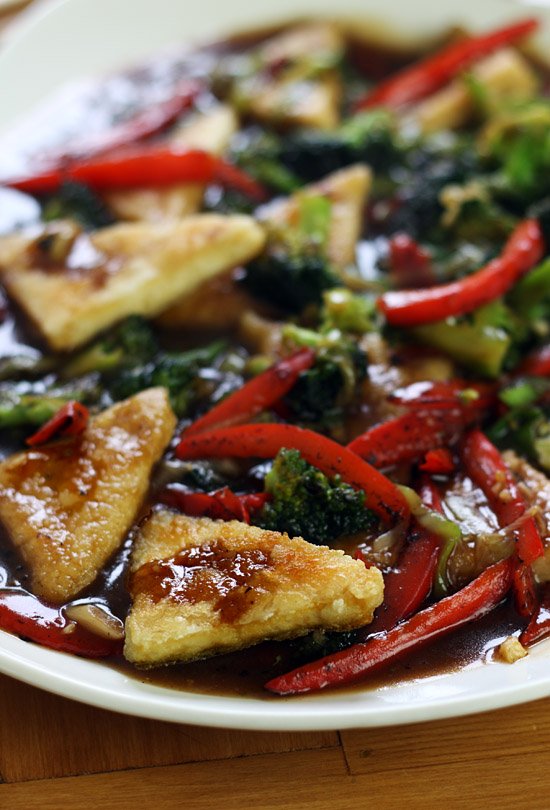
Miso (Japanese fermented soybean paste) is a delicious and
nutritious ingredient used in all sorts of Japanese dishes,
from soups and braises to sauces and dips. Its unique savory
flavor and luscious texture is perfect for smearing over fish
before cooking in dishes like Miso-glazed
salmon with soy-lemon spinach, or adding to soups with
seaweed and vegetables such as Chicken
miso ramen. Miso is also a delicious addition to
stir-fry sauces such as the sauce used in this Japanese
gingered chicken and vegetable stir-fry. We usually use
‘white’ miso (shiro miso) as it’s milder in taste and sweeter
than other types of miso. Once opened miso keeps in the fridge
for several months.
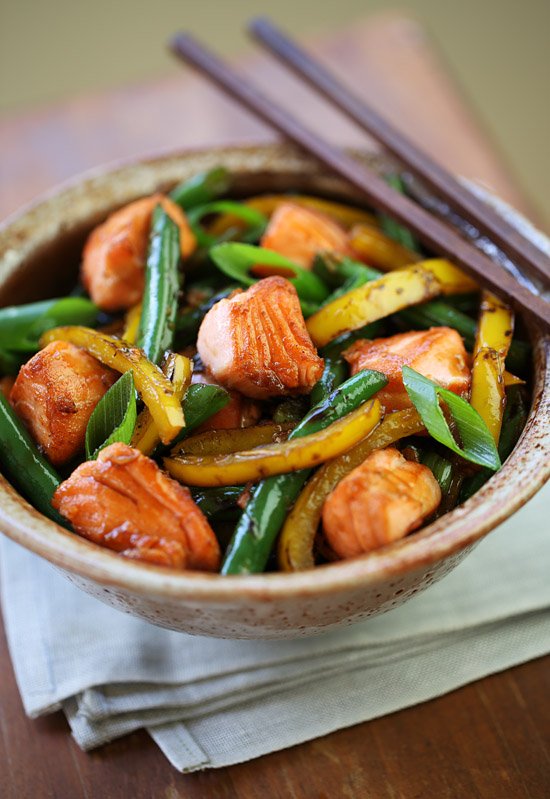
You can also make meals more nutrient-rich by replacing some, or all, of the meat with beans and lentils. We use lentils as an alternative to beef mince in dishes such as Lentil and tuna Bolognese. You can also combine beans with bacon, sausage, lamb, and fish to make hearty, peasant-style food like Minestrone soup, and Spanish potato, tuna and white bean salad.



